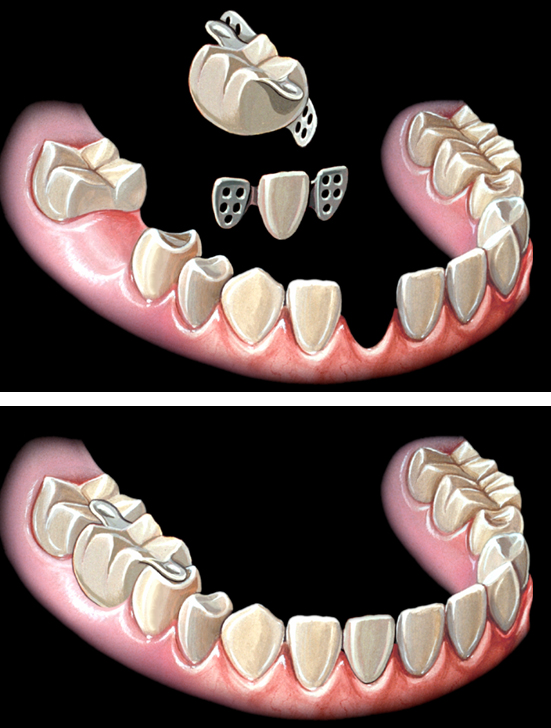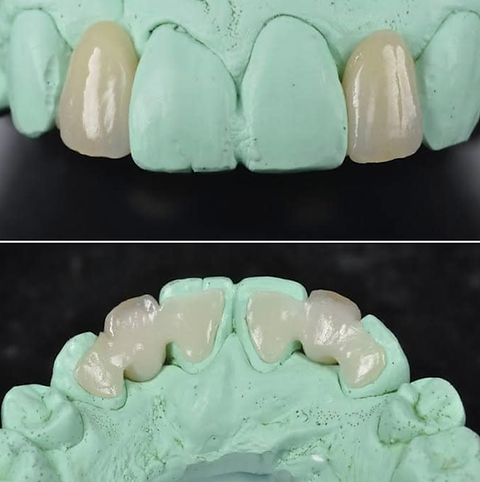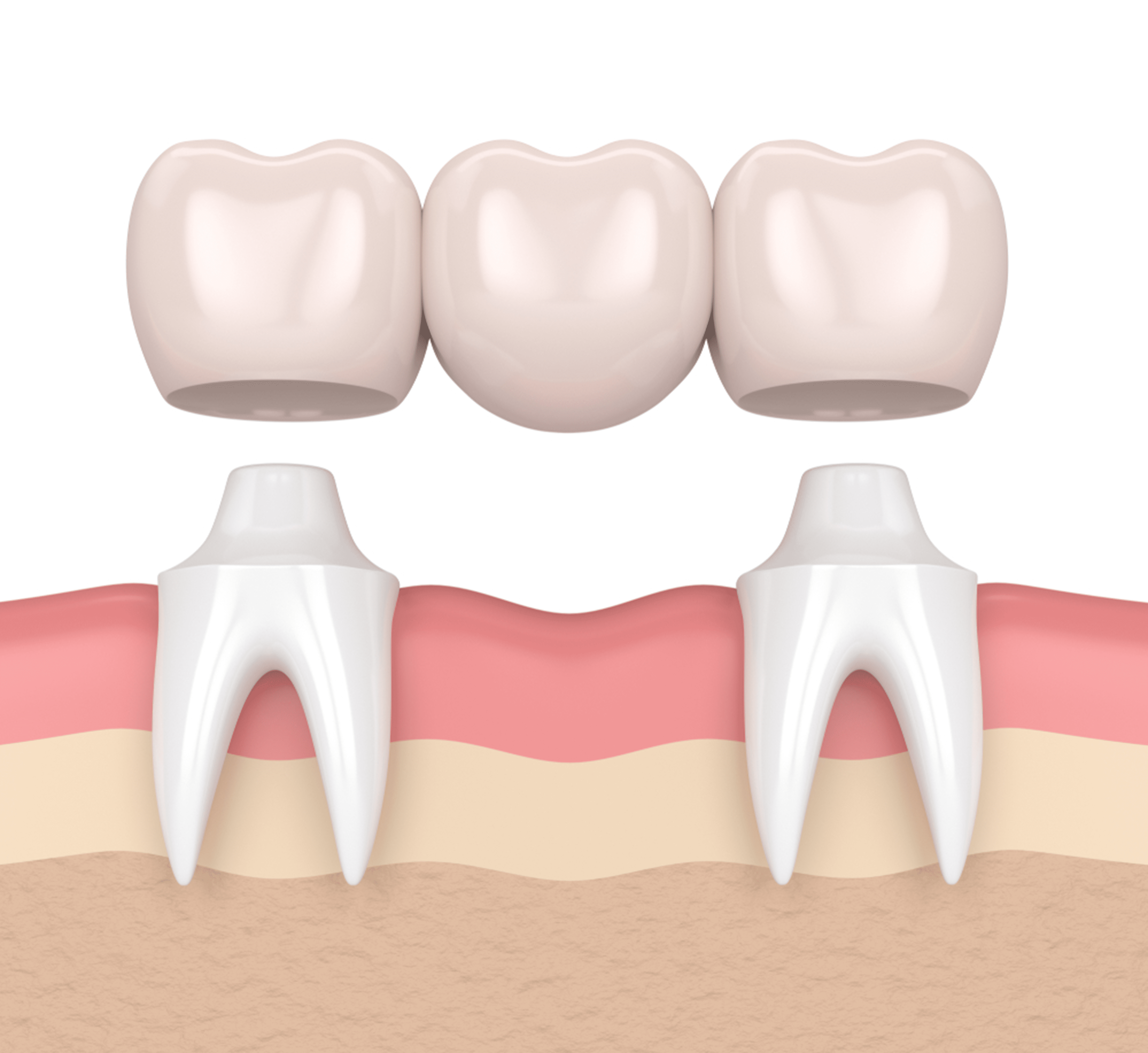Maryland bridges are a remarkable solution in modern dentistry, offering effective and minimally invasive options for replacing missing teeth. Introduced in the 1980s, these adhesive-retained fixed partial dentures have become particularly popular among adolescents seeking single anterior teeth replacements. With their unique design, Maryland bridges involve an artificial tooth with wings that bond to adjacent teeth, making them a less daunting alternative to conventional crowns and other more invasive procedures.
In this article, we will explore the intricacies of Maryland bridges, their benefits and limitations, alternatives available in dentistry, and much more. We aim to provide comprehensive insights into how Maryland bridges can fit into your dental health journey.

The Evolution of Maryland Bridges in Modern Dentistry
The innovation in dental solutions has evolved significantly over the decades, and Maryland bridges represent one of the noteworthy advancements in prosthodontics or restorative dentistry. They offer a unique approach to tooth replacement that reflects a balance between functionality, aesthetics, and patient comfort.
Historical Perspective on Maryland Bridges
Maryland bridges were introduced in the 1980s in response to the need for a conservative option for patients with missing anterior teeth. Traditional methods often required extensive alterations to healthy teeth, including crowns and bridges that could require significant tooth reduction. The introduction of Maryland bridges allowed dentists to replace a single tooth without compromising adjacent healthy teeth.
This innovative approach was made possible through advancements in adhesive technology and materials science. Porcelain-fused-to-metal and ceramic frameworks provided a strong yet visually appealing aesthetic, which was particularly appealing to younger patients who wanted a natural look.
Design Features and Materials Used
The design of Maryland bridges is characterized by their adhesive retention and minimal invasiveness. The artificial tooth, known as a pontic, is connected to two wings that are bonded to the adjacent teeth. This provides stability and support without requiring extensive dental work.
Materials used in constructing Maryland bridges play a significant role in their success. Porcelain-fused-to-metal offers strength while providing a reasonable aesthetic appeal, whereas all-ceramic bridges offer superior aesthetics at the expense of some strength. Each material has its benefits, and dentists often select based on patient needs, functional requirements, and desired outcomes.
The Role of Case Selection and Preparation
Success with Maryland bridges heavily relies on proper case selection and preparation. Dentists take into account various factors such as the patient’s oral hygiene habits, the condition of the adjacent teeth, and the specific dental arch’s anatomy. Correctly evaluating these aspects ensures that the bridge will withstand functional forces and maintain its integrity over time.
Patients with excellent oral hygiene and healthy surrounding teeth are ideal candidates for Maryland bridges, as these factors greatly influence the longevity and effectiveness of the restoration. Conversely, those with poor oral hygiene or high caries risk may face challenges in maintaining the bridge, resulting in potential complications down the line.
Advantages of Opting for Maryland Bridges
Understanding the benefits of Maryland bridges can help patients make informed decisions about their dental care. These advantages underscore why many individuals find Maryland bridges an appealing choice.

Reduced Impact on Adjacent Teeth
One of the most significant advantages of Maryland bridges is their minimal impact on adjacent teeth. Unlike traditional bridges that necessitate crowns on neighboring teeth, Maryland bridges avoid altering healthy tooth structure. This preservation of natural teeth not only contributes to overall dental health but also instills confidence in patients who are concerned about invasive procedures.
Cost-Effectiveness and Accessibility
Affordability is another essential factor when considering dental treatments. Maryland bridges typically cost less than other restorative options, such as dental implants or traditional bridges. This accessibility makes them an attractive solution, especially for individuals who may be facing financial constraints or those who require a quick resolution to their cosmetic concerns.
Minimal Chair Time and Recovery Needs
With minimal chair time required for the procedure, Maryland bridges stand out as a practical choice for busy patients. The bonding process is relatively quick, allowing patients to leave the dental office with immediate results. Additionally, since local anesthesia is not usually necessary, there is no recovery time needed, enabling individuals to resume their daily activities almost immediately.
Functionality and Maintenance Ease
Maryland bridges allow patients to eat, talk, and care for their teeth naturally. Their construction allows for normal function, enabling users to enjoy their meals without worrying about discomfort or disruption. Moreover, maintenance is straightforward; regular oral hygiene practices such as brushing and flossing are generally sufficient to keep Maryland bridges in good condition.
Limitations and Considerations for Maryland Bridges
While Maryland bridges present numerous advantages, they do have limitations that patients must consider before opting for this treatment method. Understanding these constraints can help individuals make more informed decisions about their dental health.

Unsuitability for Posterior Teeth
One notable limitation of Maryland bridges is their unsuitability for posterior teeth, primarily due to occlusal forces. The position of these teeth plays a critical role in the chewing process, subjecting them to substantial pressure during daily activities. As a result, the adhesive retention feature of Maryland bridges may not withstand the forces exerted on back teeth, making other options more viable for posterior applications.
Restrictions on Edentulous Spaces
Maryland bridges are not recommended for edentulous spans exceeding two teeth. Their design relies heavily on support from adjacent teeth, and if there are multiple missing teeth, the structural integrity of the bridge may be compromised. In such cases, alternative solutions like implant-supported bridges or partial dentures may be more suitable.
Risks Associated with Poor Oral Hygiene
For patients with poor oral hygiene or high caries risk, Maryland bridges pose a greater risk of failure. The success of these restorations depends heavily on the surrounding teeth’s health. If a patient struggles to maintain good oral hygiene, the risk of decay or gum disease increases, potentially jeopardizing the bridge’s stability and leading to further complications.
Aesthetics and Material Considerations
Though Maryland bridges offer better aesthetics than traditional options, the appearance may still fall short for some patients, particularly if metal wings are used. While porcelain-fused-to-metal materials provide adequate esthetics, patients desiring optimal visual results may lean toward all-ceramic options, which lack metallic components but may not offer the same strength.
Exploring Alternatives to Maryland Bridges
As with any dental treatment, it’s essential to consider alternatives to Maryland bridges. Different scenarios might make other options more suitable depending on individual needs and circumstances.
Dental Implants: A Long-Term Solution
One of the most robust alternatives to Maryland bridges is dental implants. These titanium posts are surgically placed into the jawbone, serving as a substitute root for a replacement tooth.
Dental implants offer several advantages:
They osseointegrate with the jawbone, creating a stable foundation for the artificial crown.
Patients appreciate the natural look and feel of implants, which mimic real teeth closely.
Long-term success rates are high, with studies showing a 97% success rate after ten years.
Furthermore, implants prevent bone resorption, ensuring that the jaw maintains its shape and density over time.
However, dental implants do come with downsides. They can be cost-prohibitive, require significant recovery time, and may necessitate additional procedures like bone grafts for patients with insufficient jawbone density. Certain patients, particularly those with deteriorating jawbone or thinning gums, may not qualify for implants, which limits their applicability.
Partial Dentures: A Temporary Yet Effective Choice
For those seeking a more affordable aesthetic option, partial dentures serve as a viable alternative. Designed using either a plastic or metal base with clasps, partial dentures allow patients to replace one or more missing teeth effectively. They come in flexible options as well, making them comfortable and easy to wear.
Partial dentures enhance the ability to smile, eat, and speak, offering immediate cosmetic benefits. However, they are considered a temporary solution, typically lasting around five years before requiring replacement or adjustment. Regular maintenance is crucial, as good oral hygiene practices and periodic visits to the dentist ensure longevity.
Fixed- or Implant-Supported Bridges
Another solution worth considering is fixed- or implant-supported bridges. These traditional bridges utilize crowns placed on adjacent teeth to support a replacement tooth. On the other hand, implant-supported bridges involve anchoring the bridge to dental implants, providing added stability and support.
Both options can restore chewing and speaking abilities while preventing teeth from shifting into empty spaces. They require good oral health for successful implementation and can break under excessive force. Patients with solid teeth and healthy gums tend to benefit the most from these solutions.
Moreover, fixed- or implant-supported bridges are generally more affordable than implants while offering an extended restorative life compared to Maryland bridges or partial dentures.
Conclusion
In the landscape of dental solutions, Maryland bridges hold a special place for those seeking a reliable, minimally invasive option for replacing missing anterior teeth. Offering numerous benefits, including reduced impact on adjacent teeth, affordability, and minimal chair time, they cater specifically to individuals looking for a swift resolution to tooth loss concerns.
However, understanding the limitations and being aware of alternatives, such as dental implants, partial dentures, and fixed or implant-supported bridges, empowers patients to make informed decisions regarding their dental health.
Ultimately, collaborating closely with a dental professional will ensure that patients receive personalized advice and recommendations tailored to their unique needs. Whether you choose Maryland bridges or opt for another solution, the path to restoring your smile can lead to improved functionality and renewed self-confidence.
